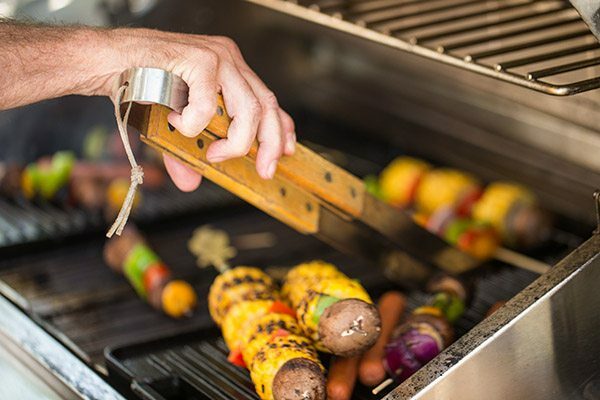
If you lost all of your possessions today, would you be able to list each item and its value from just your memory.
That’s the value of a home inventory. Making a detailed list of what you own ensures nothing will be omitted if you have to recall your home contents after a loss by fire, flood or other circumstance.
Learn how to create a home inventory
Start by assembling the tools for documenting what you own and by figuring out how you will store the inventory list. The way you document what you own dictates how you’ll store the information.
If you document with a notebook and with a traditional camera, you’ll need to store the inventory in a physical location like a safety deposit box, with a lawyer or with a trusted family member or friend.
Consider making three copies of the inventory: one to keep at home; and one each for two trusted sources, like a close relative and a trusted financial professional. This increases the chances that at least one record will be easily accessible when you need it. Make paper copies of documents such as warranties and receipts.
If you document your belongings digitally, you’ll want to make digital duplicates, with the option of storing the files in the cloud in case something happens to your hard drive.
- Use a digital camera to take photos.
- Scan documents.
- Save the document on several separate flash drives for offsite storage.
- Set up an online account, such as Google Drive, to store your home inventory data. Be sure to document your password and how to access your account.
Taking inventory
It’s easiest to take the inventory room by room. Set up the same system for each room so your documentation makes sense to you and to whomever must decipher it if you are not around.
Take several photos of each room, from different angles. A good way to go about this is to stand in the doorway and slowly rotate clockwise, taking overlapping frames that eventually take in the whole room.
- Shoot photographs in daylight, and open blinds and turn on lights for the best lighting. Clear, well-lit photos help ensure no feature of an object is overlooked.
- Use sticky notes to label each item with its name before taking its photo. For consistency throughout your documentation, refer to items by the name on the sticky note.
- Zero in on documentation, labels and marks that establish to whom valuable items have belonged.
- In descriptions and photographs, focus on details that illustrate the unique properties of each item. Examples include embroidery, stained glass, carvings and painted trim.
- Scan or copy receipts, appraisals and other documentation for each item.
- For electronics and appliances, include warranties, receipts, repair bills and serial numbers.
- Consider professional appraisals for higher-end items such as jewelry, artwork, antiques or collectibles. Keep the appraisal as well as the appraiser’s name and contact information in your files.
Keeping your home inventory organized
Keep a hard copy and a digital copy of your inventory documents. This ensures you’ll have at least one copy available should something happen to the other. Create an organization system to efficiently keep track of items and their values.
- Include a page explaining your organization and tagging system.
- Create a subfolder for each room.
- Organize all documentation by item. That means keeping photos, receipts, repair bills and other documents related to one item together.
- Refer to each item consistently. If your sticky note label says “blue and white pitcher” use the phrase “blue and white pitcher” on all related documents, appraisals and receipts.
Include a hard copy of your inventory with your essential legal documents, even if you also have digital copies and other hard copies with legal advisers or trusted relatives or friends. Finally, be sure your will includes access information to your inventory, including locations, pin numbers, passwords and user names.



